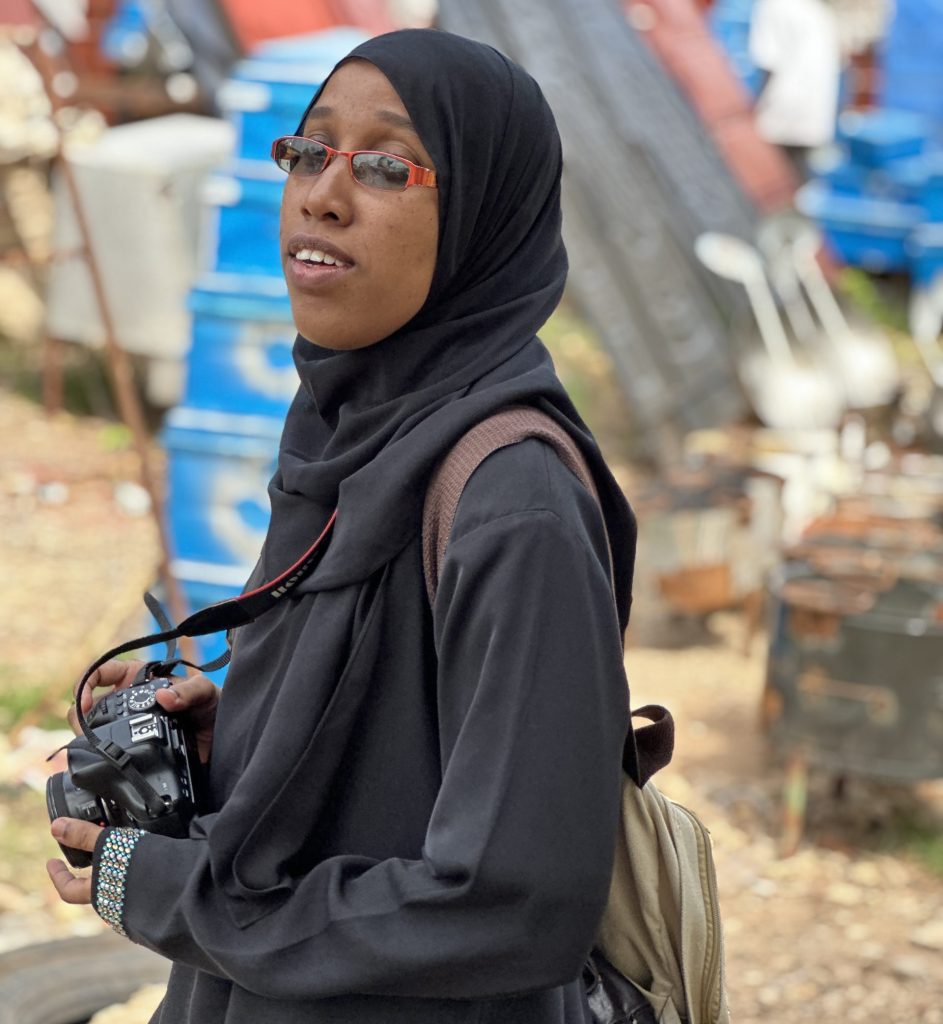Hello, Folks!
It’s a new week, presenting new opportunities and new possibilities! We hope you are ready to seize them.
We have been reflecting on how the demographic changes, particularly shifting age structures, are shaping the world and their impact on Sustainable Development Goals (SDGs). On the one hand, such regions as Africa, South Asia, and parts of Latin America are experiencing youth bulges, while on the other, Europe and parts of Asia face ageing populations. These shifts are reshaping how nations function internally and interact with each other globally, as we are seeing with the hot exchanges on migration and border controls, labour export policies, the race towards automation, as well as a growing tendency towards nationalism. All these factors influence the realisation of the SDGs.
Kenya is already experiencing the impact of its youth bulge. Our culture is evolving – from language and fashion to music, ideas, and beliefs. Businesses, institutions and even policymakers are adapting to this shift to align with young people. With a median age of just 18 years, Kenya is one of the youngest countries in the world, making this moment a defining one for its transformation.
However, alongside the promise of this demographic shift lie major challenges. The biggest among them: youth unemployment and underemployment. According to the Kenya National Bureau of Statistics (KNBS), in the first quarter of 2019, youth aged 20-24 had the highest unemployment rate at 16.8%, followed by those aged 15-19 at 11.1%. Given the current economic conditions, these figures are likely to be higher. If this situation persists, Kenya risks missing out on the demographic dividend, which could slow its economic growth and development.
Tackling the youth unemployment crisis requires bold, systemic solutions rather than temporary fixes. Fortunately or unfortunately (depending on how one views it), the development of Kenya, and Africa as a whole, now rests squarely on the hands of these young people.
The Chain Reaction of Unemployment.
Unemployment causes a series of negative ripple effects not only on the unemployed individuals, but also families, communities and the society overall. It stifles people’s productivity, which translates to low incomes, which reduces disposable incomes, inhibiting economic activity. If citizens are not making money, the government is not making money. Governments raise revenue mainly through collecting taxes, so when they cannot do this, they cannot provide essential public services. As a result, it resorts to borrowing both internally (from local banks and wealthy people) and externally (from institutions like the World Bank or the Internal Monetary Fund). If nothing radical happens, it leads to crippling national debt and declining quality of life.
A broke government cannot provide education, healthcare, security, water and sanitation and infrastructure. The absence of these exacerbate economic stagnation, cause social unrest and political instability – conditions that reverse gains initially made and causes a downward spiral.
Today, we are already seeing a rise in crime and insecurity levels across the country as youths try to fend for themselves. There is increased drug and substance abuse as young people try to numb their frustrations. The demand for the Kenyan passport is high not because Kenyans necessarily love to travel, but because young professionals are leaving for greener pastures abroad, causing serious brain drain. Even businesses are moving to economies more stable than ours, leaving with much-needed capital. Poverty is increasing, the inequality gap is widening and more than ever, mental health issues and suicides are on a high!
Economy Economic growth is essential for sustainable development. However, for it to drive real progress, it must be inclusive and equitable. If growth is concentrated among a few, it exacerbates inequality rather than reducing it. One of the most underutilised sectors in driving inclusive growth in Kenya is the Orange Economy.
The Orange Economy: A Solution To Youth Employment
The Orange Economy, also called the Creative Economy, refers to industries that involve culture, arts, and creative enterprises such as music, film, fashion, design, gaming, and digital content creation. In a rapidly digitizing world, the Orange Economy has become a major economic driver, fostering innovation, job creation, and even cultural preservation. For Kenya, the conditions are ripe – a youthful population and a rapidly growing digital ecosystem. Investing in this sector is not just an option, it is a necessary strategic move.
According to the 2023 Economic Survey, the creative sector contributes about 5% to the GDP of Kenya. The Government has also acknowledged the sector as one of the fastest growing and is seen as one of the avenues that can ease the pressure of youth unemployment in the Country. Yet despite its potential, it receives little investment, and this little is concentrated in urban areas. Rural youths have been relegated to the role of consumers rather than creators, despite having much untapped potential for creative expression. Creative activities and opportunities are concentrated in urban centres like Nairobi and Mombasa, which have better infrastructure (like electricity and internet connectivity), access to digital technologies, access to markets, and networking opportunities. Creatives here are more organised, engaged and exposed to modern trends, and generally make more income from their work.
In contrast, creatives in rural areas face systemic challenges such as limited access to quality education and training, insufficient infrastructure and fewer market opportunities. These barriers reinforce their exclusion from fully participating in the creative economy. This then creates a situation where the storytelling landscape in Kenya is only reflective of what comes out of urban places. Stories from rural places are left untold, or told by ‘outsiders’ in ways that suit their agendas. Worse still, this exclusion skews industry-wide conversations that may happen, for example, in policy-making.
Kibaraza: Empowering Grassroots Creatives
Our work fosters active youth participation in sustainable development, by using creative communications and creating platforms for young people to engage. Youth empowerment in all sectors is inevitable for an inclusive and equitable society. Being the biggest demographic, their voices and perspectives are essential to shaping the country’s social, economic, and cultural future—especially as they will face the long-term consequences of today’s decisions.
We must empower all youths, whether in urban or rural Kenya, to have access to opportunities to better themselves. In light of this, we have been implementing a rural creatives empowerment program called #Kibaraza, that supports grassroots creatives to create more, create better, market themselves and earn income through their expressions. We work with photographers, videographers, digital storytellers, poets, musicians, thespians, voice-over artists and individuals who want to express themselves through podcasting, vlogging, blogging etc. We provide them with access to spaces, equipment, training, and technical and marketing assistance. We support them to produce, edit, publish and market their work to reach wider audiences. Importantly, we foster collaboration amongst themselves through regular meet-ups and cooperation on projects, providing networking opportunities with industry experts and enhancing their capacity through training and workshops.
Learn more about Kibaraza HERE.
Ultimately, we are bridging the gap between rural and urban youth by ensuring they are not just consumers and supporters of creative work but also active contributors and reapers from the country’s vibrant creative economy. Additionally, by promoting local storytelling, the programme amplifies the voices of grassroots youth, ensuring they participate in civic life and contribute to community development.
Stay tuned for the next blog post, where we shall be sharing lessons we have learned throughout the implementation of this project.


